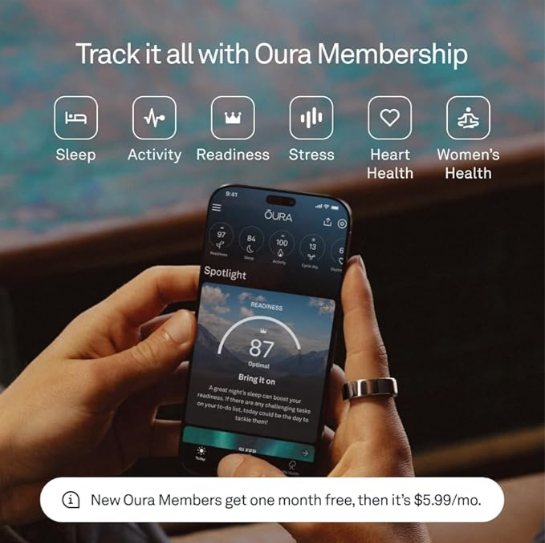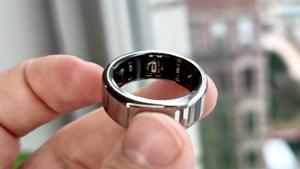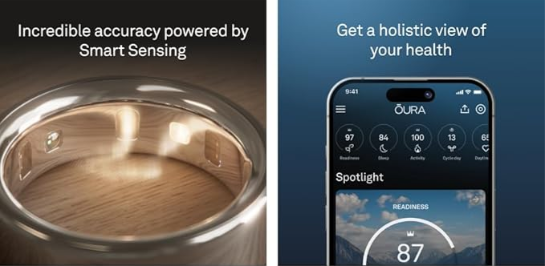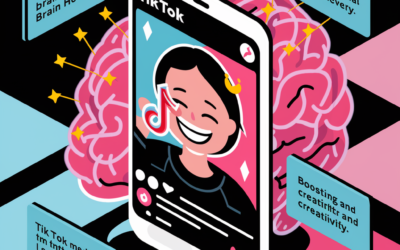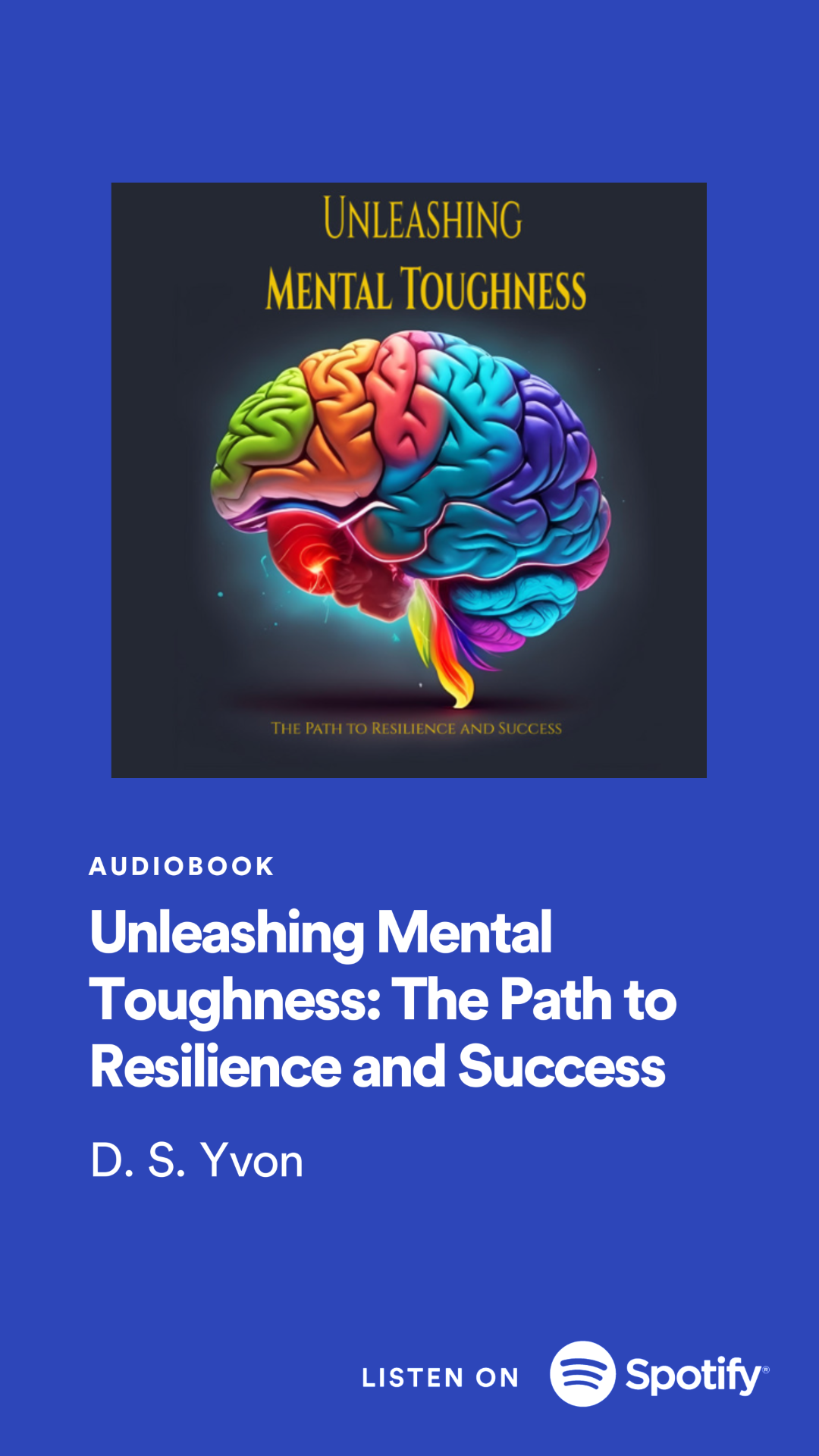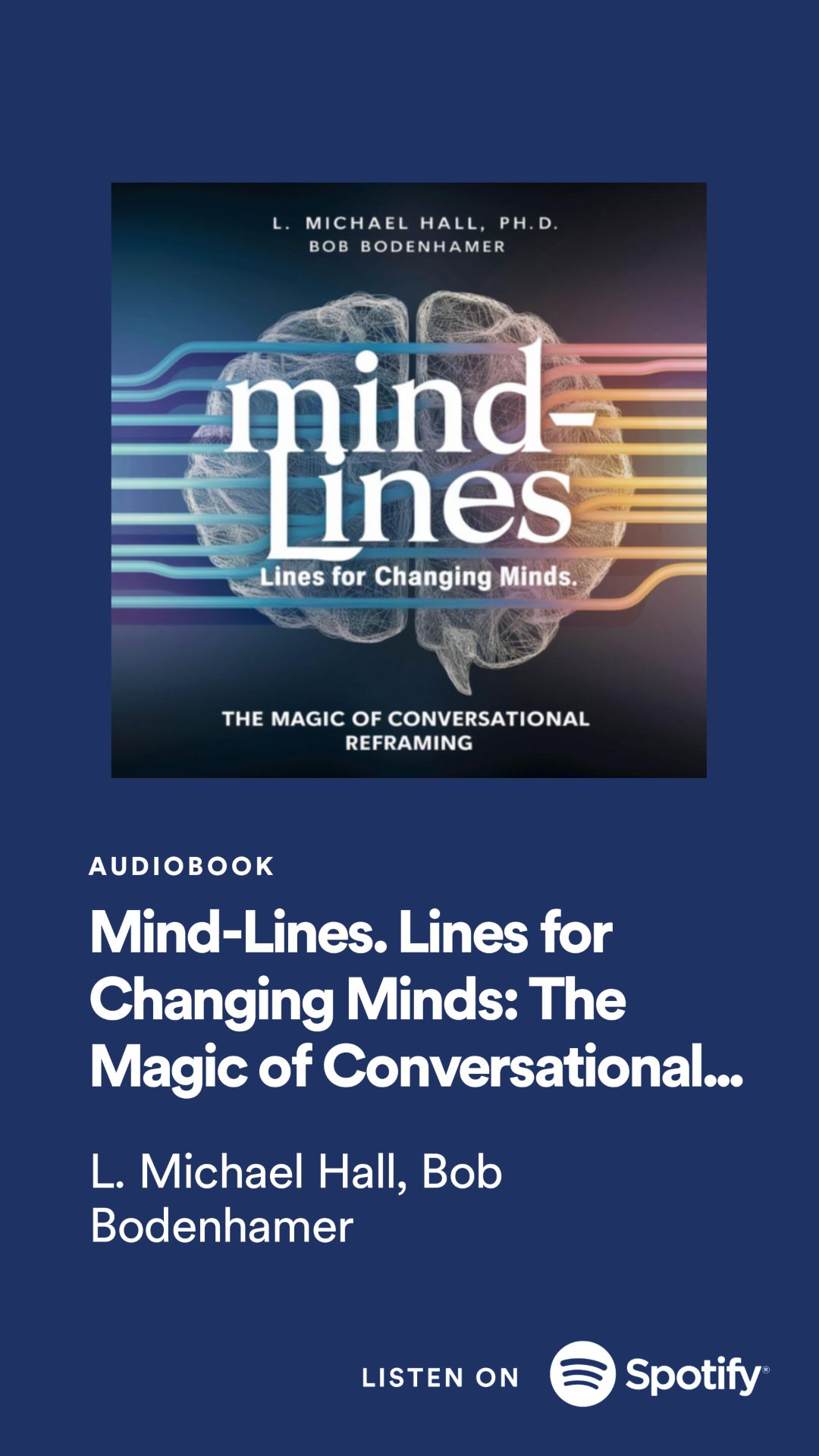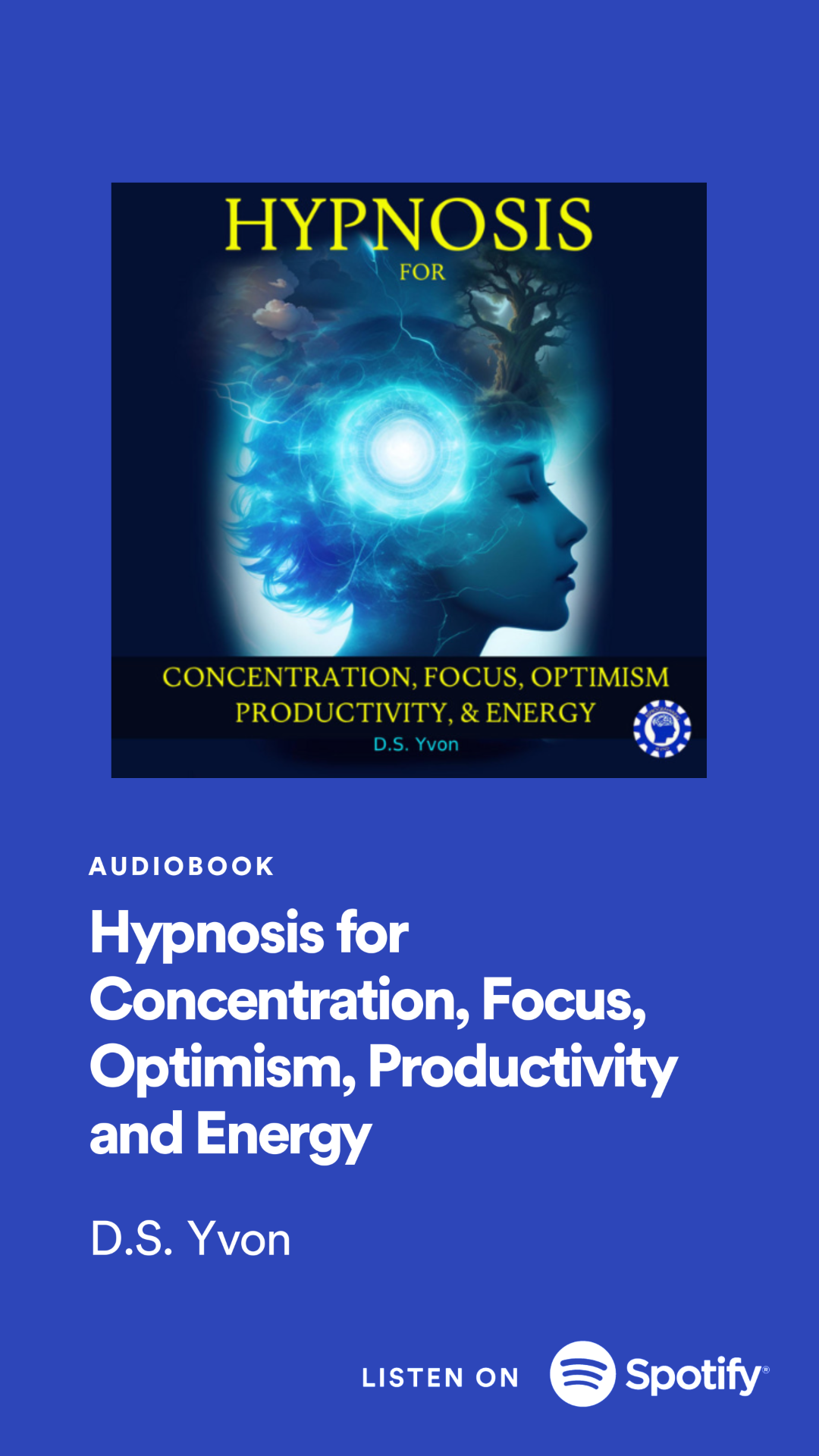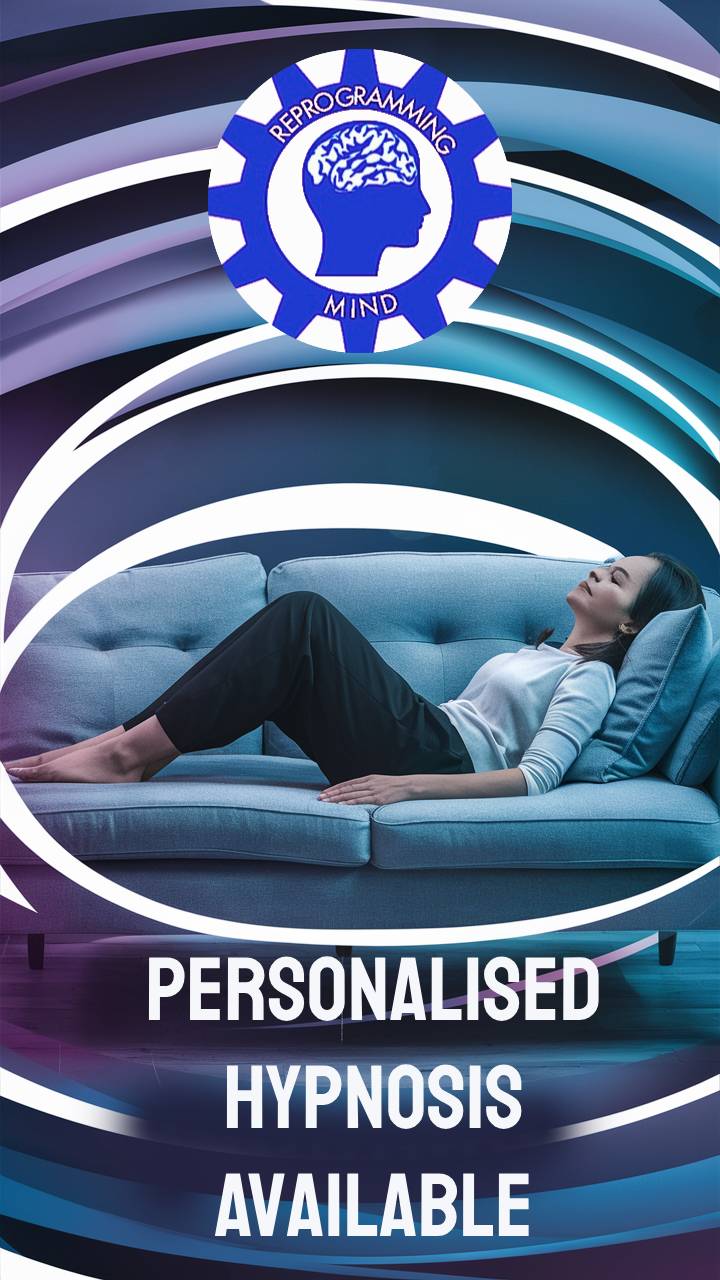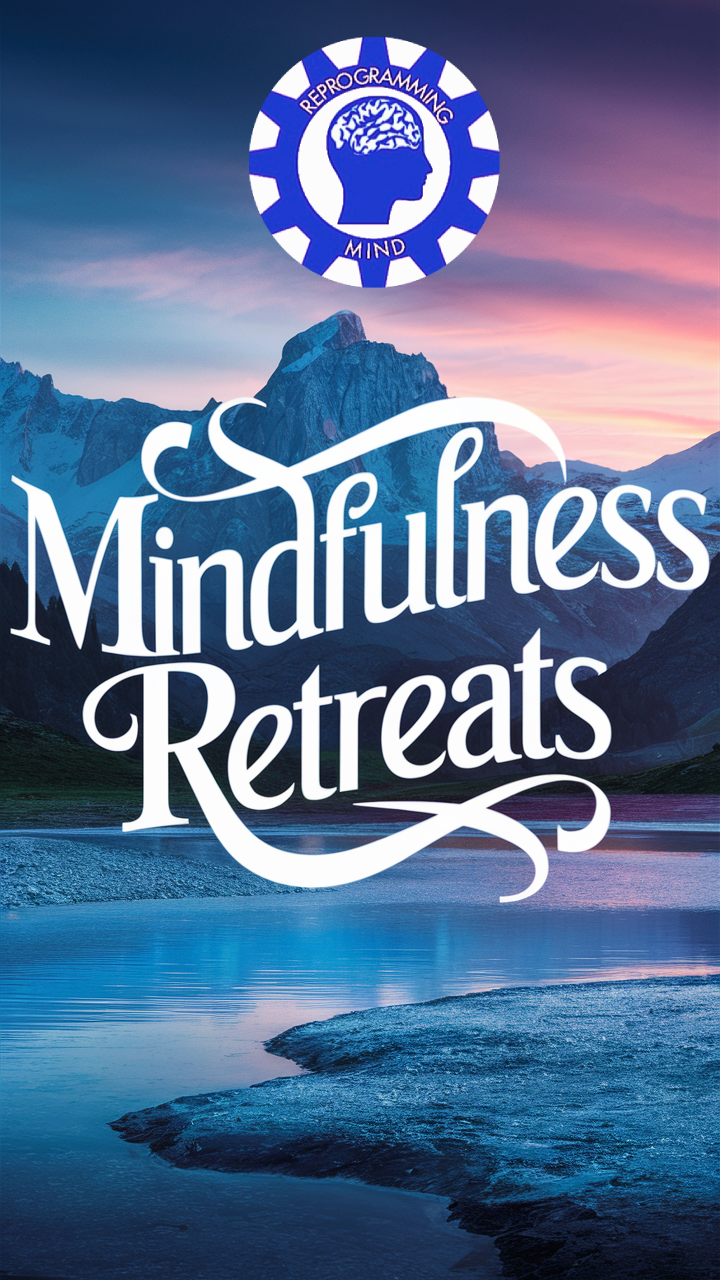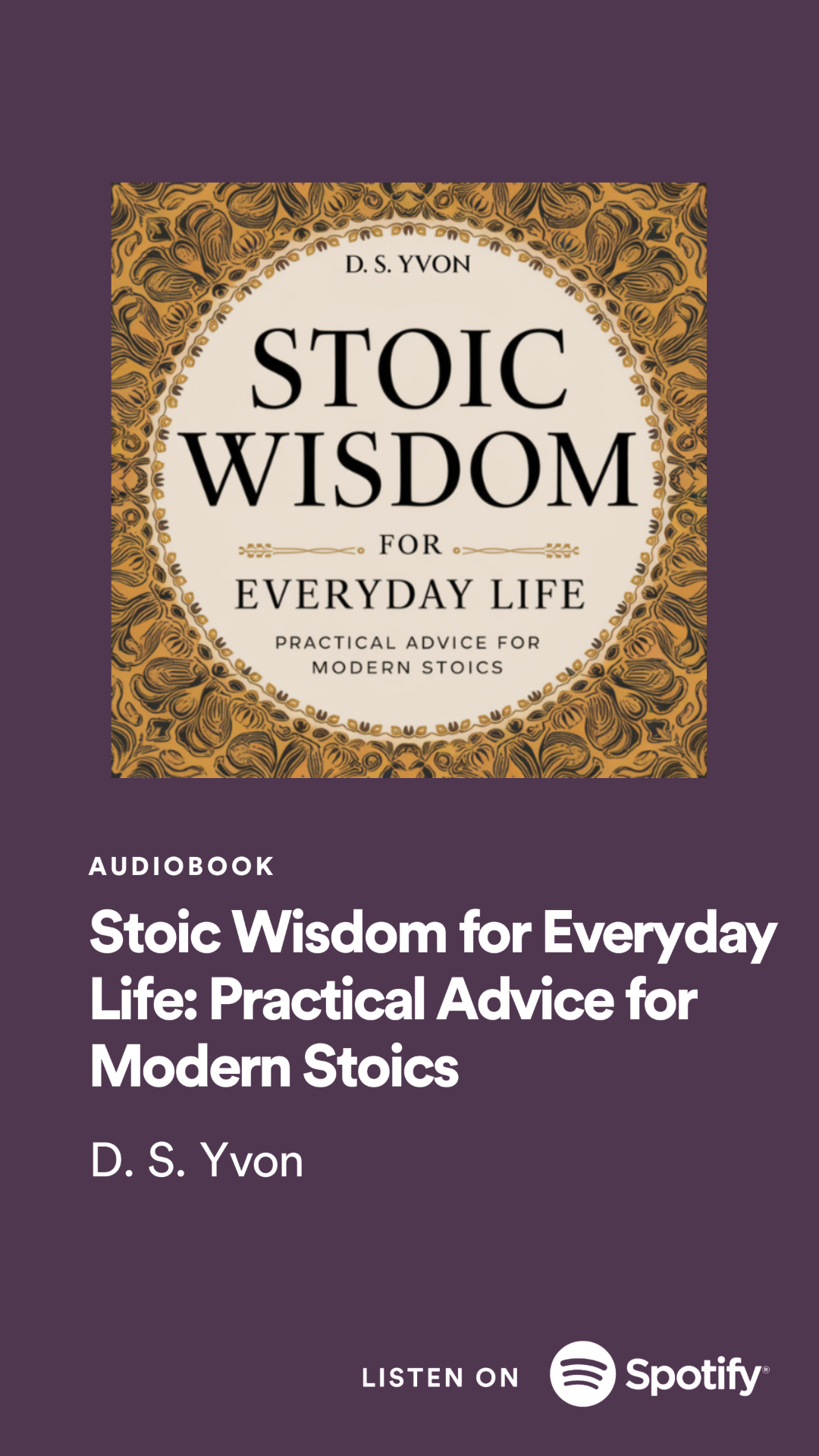
Career Opportunities for People with Mild Autism: A Comprehensive Guide
Autism Spectrum Disorder (ASD) is a neurodevelopmental condition that affects individuals in various ways. While autism can present challenges, it also comes with unique strengths that can be valuable in many career paths. This article focuses on career opportunities for people with mild autism, also known as Level 1 ASD or what was previously referred to as Asperger's syndrome.
Understanding Mild Autism
Before delving into career options, it's essential to understand what mild autism entails. Mild autism is characterized by:
1. Social communication challenges
2. Restricted interests
3. Repetitive behaviors
4. Sensory sensitivities
However, individuals with mild autism often have average or above-average intelligence and can function independently in many aspects of life.
Key Characteristics of Mild Autism
- Difficulty with social interactions and understanding social cues
- Challenges in maintaining conversations
- Intense focus on specific interests
- Preference for routines and structure
- Sensitivity to sensory stimuli (lights, sounds, textures)
- Literal interpretation of language
- Average to above-average cognitive abilities
It's important to note that autism is a spectrum, and each individual's experience is unique. The term "mild" can be misleading, as it doesn't necessarily mean that the challenges faced are insignificant.
Strengths Associated with Mild Autism
While mild autism presents challenges, it also comes with several strengths that can be advantageous in various career paths:
1. Attention to detail
2. Strong focus and concentration
3. Analytical thinking
4. Pattern recognition
5. Memory for facts and figures
6. Honesty and loyalty
7. Adherence to rules and schedules
8. Unique perspectives and creative problem-solving
These strengths can be particularly valuable in certain career fields, making individuals with mild autism well-suited for specific roles.
Career Options for People with Mild Autism
Choosing a career that aligns with one's strengths and interests is crucial for job satisfaction and success. Here are several career paths that may be well-suited for individuals with mild autism:
Technology-Based Careers
The tech industry offers numerous opportunities that can leverage the strengths of individuals with mild autism.
1. Computer Programmer
- Involves logical thinking and solitary work
- Allows for focus on detail-oriented tasks
- Utilizes pattern recognition skills
2. Web Designer
- Utilizes visual processing skills
- Offers opportunities for creative expression
- Combines technical and artistic abilities
3. Data Analyst
- Leverages ability to process large amounts of information
- Requires attention to detail and pattern recognition
- Involves working with structured data and clear objectives
4. Cybersecurity Specialist
- Capitalizes on systematic thinking and problem-solving skills
- Provides a structured environment with clear objectives
- Utilizes pattern recognition for identifying security threats
5. Software Tester
- Leverages attention to detail and systematic approach
- Involves following structured testing protocols
- Allows for focus on finding and reporting bugs
Creative Fields
Many individuals with mild autism excel in creative pursuits that allow for self-expression and utilize their unique perspectives.
1. Graphic Designer
- Allows for visual creativity and attention to detail
- Often offers flexible work environments
- Utilizes strong visual processing skills
2. Animator
- Utilizes strong visual skills and patience for repetitive tasks
- Provides opportunities for creative expression
- Involves working with structured timelines and project goals
3. Photographer
- Offers a blend of technical skills and artistic expression
- Can be pursued as a freelance career for more flexibility
- Allows for focus on specific subjects or styles
4. Technical Illustrator
- Combines artistic skills with attention to detail
- Involves creating precise visual representations of technical information
- Utilizes both creative and analytical thinking
Science and Research
The scientific field offers many opportunities for individuals with mild autism to apply their analytical skills and focus on specific areas of interest.
1. Laboratory Technician
- Involves structured processes and attention to detail
- Provides a predictable work environment
- Utilizes systematic thinking and adherence to protocols
2. Environmental Scientist
- Allows for deep focus on specific areas of interest
- Often involves data analysis and field work
- Combines analytical skills with passion for environmental issues
3. Archivist or Librarian
- Leverages strong memory and organizational skills
- Offers a quiet work environment with minimal social interaction
- Involves cataloging and preserving information
4. Research Assistant
- Utilizes attention to detail and analytical skills
- Involves working with data and following research protocols
- Allows for focus on specific areas of study
Specialized Business Roles
Certain business roles can be well-suited for individuals with mild autism, particularly those that involve analysis, organization, and attention to detail.
1. Forensic Accountant
- Utilizes strong mathematical and analytical skills
- Involves detailed investigation and pattern recognition
- Requires focus on financial data and regulations
2. Quality Assurance Specialist
- Capitalizes on attention to detail and systematic thinking
- Provides a structured work environment with clear guidelines
- Involves ensuring products or services meet specific standards
3. Technical Writer
- Leverages strong writing skills and ability to explain complex concepts
- Often allows for remote work options
- Involves creating clear, concise documentation
4. Logistics Coordinator
- Utilizes organizational skills and attention to detail
- Involves managing the flow of goods and information
- Requires systematic thinking and problem-solving
Emerging Fields
As technology and societal needs evolve, new career opportunities are emerging that may be well-suited for individuals with mild autism.
1. Virtual Reality Developer
- Combines technical skills with creative visualization
- Offers opportunities in a growing, innovative field
- Involves creating immersive digital experiences
2. Drone Operator/Technician
- Involves technical skills and spatial awareness
- Provides opportunities in various industries (agriculture, surveying, filmmaking)
- Requires attention to detail and adherence to regulations
3. Sustainability Consultant
- Leverages analytical skills and focus on specific areas of interest
- Allows for contribution to environmental causes
- Involves analyzing and improving organizational sustainability practices
4. Bioinformatics Specialist
- Combines biology knowledge with data analysis skills
- Offers opportunities in a rapidly growing field
- Involves working with large datasets and complex biological information
Other Suitable Career Options
1. Actuary
- Utilizes strong mathematical and analytical skills
- Involves assessing financial risks using statistical models
- Requires attention to detail and pattern recognition
2. Translator
- Leverages language skills and attention to detail
- Often allows for remote or freelance work
- Involves precise interpretation of text and context
3. Audio Engineer
- Utilizes technical skills and attention to sound quality
- Involves working with structured processes and equipment
- Allows for focus on specific aspects of audio production
4. Cartographer
- Combines geographical knowledge with visual representation skills
- Involves creating and updating maps using specialized software
- Requires attention to detail and spatial awareness
5. Statistician
- Utilizes strong mathematical and analytical skills
- Involves working with large datasets and identifying patterns
- Requires systematic thinking and problem-solving abilities
Considerations for Choosing a Career
When exploring career options, individuals with mild autism should consider several factors:
1. Personal Interests: Choose a field that aligns with your passions and interests.
2. Strengths: Identify careers that leverage your unique strengths and abilities.
3. Work Environment: Consider the sensory aspects of potential work environments.
4. Social Interaction: Evaluate the level of social interaction required in different roles.
5. Structure: Look for careers that offer clear expectations and structured tasks.
6. Flexibility: Consider whether the job allows for accommodations or flexible working arrangements.
7. Growth Opportunities: Explore careers with potential for skill development and advancement.
Workplace Accommodations for Individuals with Mild Autism
Many employers are increasingly aware of the benefits of neurodiversity in the workplace and are willing to provide accommodations to support employees with autism. Some helpful accommodations may include:
1. Clear, written instructions for tasks
2. Regular feedback and check-ins
3. Quiet workspaces or noise-canceling headphones
4. Flexible work hours or remote work options
5. Structured schedules and routines
6. Visual aids and organizational tools
7. Mentorship or job coaching programs
8. Sensory-friendly lighting and workspace design
It's important for individuals with mild autism to communicate their needs to employers and work together to find suitable accommodations.
Preparing for the Workforce
To increase chances of success in the chosen career path, individuals with mild autism can take several steps to prepare for the workforce:
1. Develop Self-Awareness: Understand your strengths, challenges, and needs in the workplace.
2. Practice Social Skills: Work on developing social and communication skills through therapy or support groups.
3. Gain Experience: Seek internships, volunteer work, or part-time jobs in your field of interest.
4. Build a Support Network: Connect with mentors, career counselors, or autism support organizations.
5. Enhance Technical Skills: Stay updated with the latest technologies and skills relevant to your chosen field.
6. Practice Self-Advocacy: Learn to communicate your needs and strengths to potential employers.
7. Explore Vocational Training: Consider specialized training programs designed for individuals with autism.
## Success Stories: Individuals with Autism in the Workforce
Many individuals with autism have found success in various career fields. Here are a few inspiring examples:
1. Temple Grandin: A renowned animal scientist and author who has made significant contributions to the livestock industry.
2. Satoshi Tajiri: The creator of Pokémon, who channeled his childhood interest in insect collecting into a successful game franchise.
3. John Elder Robison: An author and successful entrepreneur who worked as an engineer for rock bands and toy companies before starting his own automobile restoration business.
These success stories demonstrate that individuals with autism can excel in diverse fields when they find careers that align with their interests and strengths.
Conclusion
Individuals with mild autism possess unique strengths and abilities that can be valuable assets in many career fields. From technology and science to creative pursuits and specialized business roles, there are numerous opportunities for meaningful and successful careers. By understanding their strengths, seeking appropriate accommodations, and preparing for the workforce, individuals with mild autism can find fulfilling career paths that allow them to thrive.
Every individual with autism is unique, and what works for one person may not work for another. Exploring different options, seeking guidance from career counselors or autism support organizations, and being open to new experiences can help in finding the right career fit.
As society continues to recognize the value of neurodiversity in the workplace, more opportunities are emerging for individuals with mild autism to contribute their unique perspectives and skills. By embracing their strengths and addressing challenges, people with mild autism can build successful careers and make significant contributions in their chosen fields.

